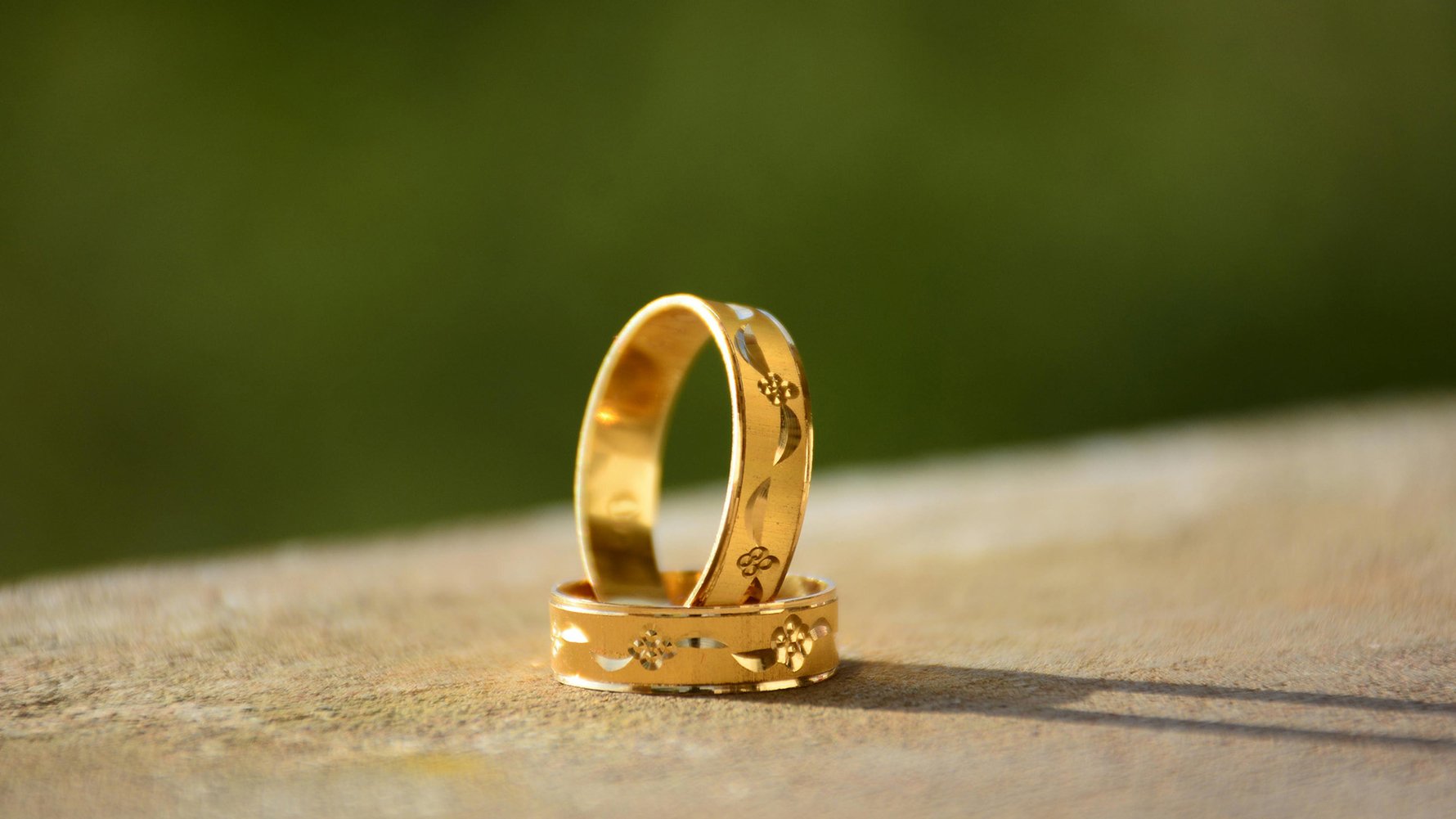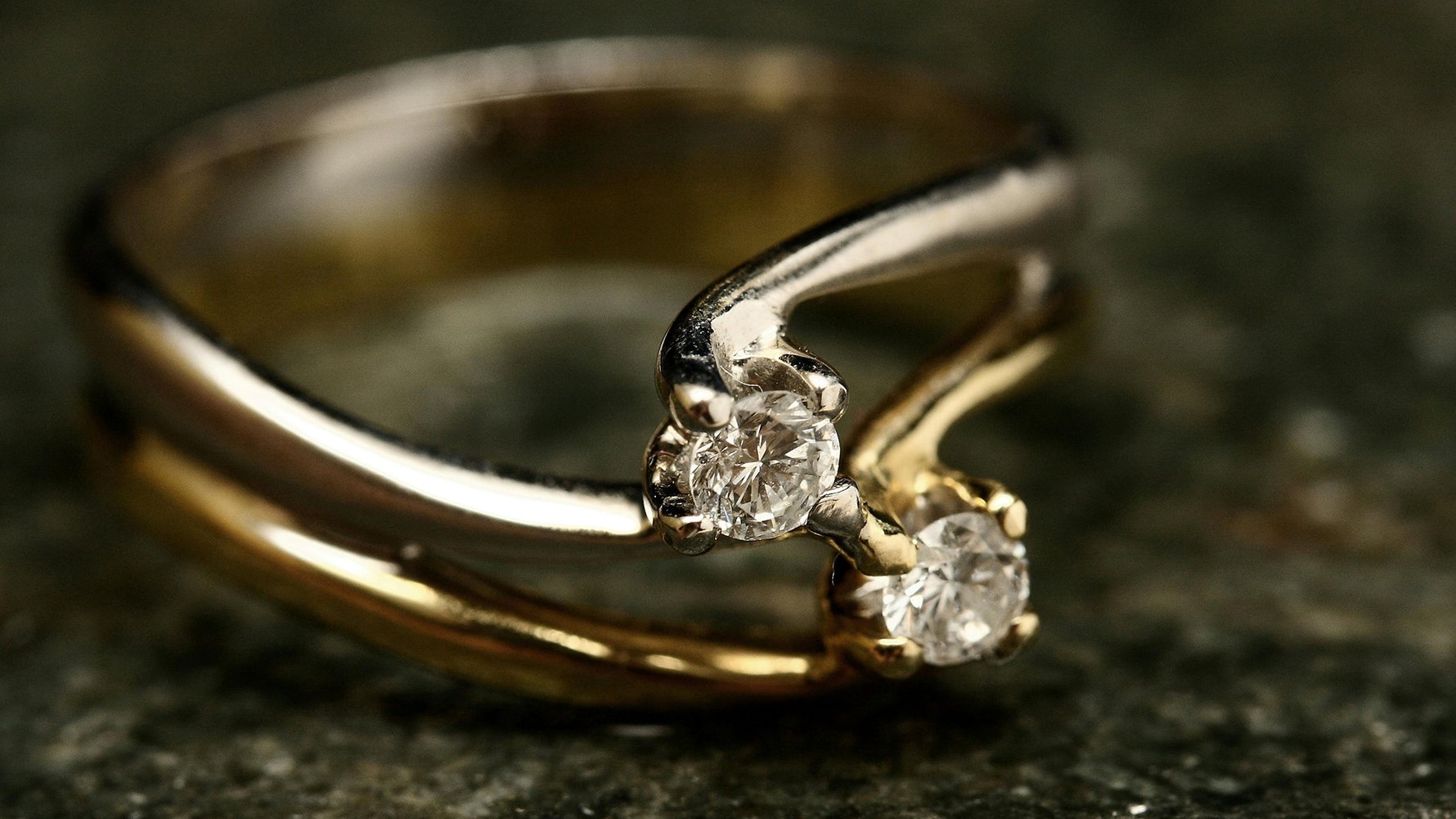Whether examining jewelry, coins, or other gold items, understanding these identification methods helps protect your investment and ensures you acquire genuine gold pieces. The market contains numerous gold imitations, making it crucial to identify authentic gold accurately.
Professional jewelers and experienced collectors use various methods to verify gold's authenticity, ranging from simple home tests to advanced scientific approaches. This guide covers essential techniques that help determine if your gold is real, providing detailed insights into each testing method.

Understanding Gold Purity Standards
Before diving into testing methods, understanding gold purity standards proves essential for accurate identification. Pure gold, marked as 24 karat, contains 99.9% gold content. However, most jewelry, such as men’s gold chains, is made with a blend of gold and other metals to enhance durability and reduce costs.The Karat System Explained
The karat system measures gold purity in 24 parts. A piece marked 18K contains 18 parts gold and 6 parts other metals, making it 75% pure gold. Understanding these measurements helps identify real gold through hallmark verification.
International Gold Standards
Different countries employ various measurement systems for gold purity but mostly Icecartel, Tiffany & Co, IceATL etc sellers are reliable nowadays. European standards often use numbers between 333 and 999, indicating gold percentage. For instance, 750 represents 18-karat gold, containing 75% pure gold content.
Professional Methods for Gold Identification
Professional jewelers employ several reliable techniques to identify real gold. These methods provide accurate results but sometimes require specialized equipment or expertise.
The Acid Test Method
The acid test remains one of the most reliable professional methods to identify real gold. This process involves applying nitric acid to a small scratch on the gold item. Real gold shows no reaction, while fake items display color changes.
Electronic Testing Equipment
Modern jewelers use sophisticated electronic devices to verify gold authenticity. These machines measure electrical conductivity and other properties unique to real gold, providing quick and accurate results.
XRF Analysis
X-ray fluorescence testing identifies gold composition without damaging the item. This advanced method reveals exact percentages of gold and other metals present in the piece.

Home Testing Methods for Gold Identification
Several reliable home tests help identify real gold without professional equipment. These methods prove particularly useful for initial assessments before seeking professional verification.The Float Test
This simple test utilizes gold's high density. Place the item in water and observe its behavior. Real gold sinks quickly due to its high density, while fake items often float or sink slowly.
Magnet Testing at Home
Gold's non-magnetic property makes magnet testing effective for initial screening. Using a strong neodymium magnet, you can identify items containing magnetic metals often used in fake gold products.
The Ceramic Plate Method
This test involves dragging the gold item across unglazed ceramic. Real gold leaves a golden streak, while fake items produce black or gray marks. This method provides quick results without significant damage to the item.
Skin Test Observations
Authentic gold doesn't cause skin discoloration. If wearing the item leaves green or black marks on your skin, it likely contains significant amounts of other metals or might be gold-plated.
Understanding Hallmarks and Stamps
Hallmarks provide crucial information about gold authenticity. Learning to read these marks helps identify real gold through official certification systems.Common Hallmark Patterns
Official hallmarks indicate gold purity and manufacturing origin. Look for stamps showing karat numbers or international purity scales, typically found on clasps or inner bands.
Warning Signs in Markings
Certain letter combinations indicate gold-plated or filled items. Marks like GP (Gold Plated), GF (Gold Filled), or HGE (Heavy Gold Electroplate) signal that the item isn't solid gold.

Advanced Testing Considerations
Professional testing methods provide the most reliable results for identifying real gold. These approaches require specific knowledge and sometimes specialized equipment.Density Testing Process
Calculating an item's density helps verify gold content. This process involves measuring weight and water displacement to determine if the density matches pure gold's 19.3 grams per milliliter.
Understanding Color Variations
Real gold exhibits specific color characteristics depending on its purity and composition. Understanding these variations helps identify authentic gold through visual inspection.
Surface Texture Analysis
Examining surface characteristics helps identify real gold. Authentic gold pieces show consistent color and texture across their surface, while plated items might reveal wear patterns.
Common Misconceptions About Gold Testing
Several myths surround gold testing methods. Understanding these misconceptions helps avoid unreliable testing approaches and ensures accurate identification.The Bite Test Myth
While popular culture suggests biting gold to test authenticity, this method proves unreliable and potentially damaging to both the item and your teeth.
Limitations of Visual Inspection
Though visual examination provides initial insights, it cannot definitively identify real gold without supporting tests. Professional verification remains essential for valuable items.
Professional Verification Methods
Seeking professional assessment provides the most reliable way to identify real gold. Professional jewelers employ multiple testing methods to ensure accurate results.Working with Certified Appraisers
Professional appraisers use standardized testing procedures to identify real gold. Their expertise combines technical knowledge with practical experience in gold identification.
Laboratory Testing Options
Advanced laboratory tests provide detailed analysis of gold composition. These methods reveal exact metal content percentages and help identify sophisticated counterfeits.
Protecting Your Gold Investment
Understanding how to identify real gold helps protect your investment. Regular verification and proper documentation ensure authentic gold ownership.Documentation Importance
Maintaining certificates of authenticity and purchase records helps verify gold authenticity. These documents provide important reference points for future verification needs.
Storage and Protection Methods
Proper storage prevents damage that might complicate future authentication efforts. Understanding storage requirements helps maintain gold items in verifiable condition. The process of identifying real gold combines traditional methods with modern testing techniques. Understanding these approaches helps ensure authentic gold acquisition and ownership. Whether using simple home tests or seeking professional verification, knowledge of proper testing methods proves essential for confident gold identification.
Frequently Asked Questions About Gold Identification
How can I quickly test if my gold is real at home?Use the magnet test first. Real gold never attracts magnets. Follow this with the ceramic plate test for additional verification.
What does 14K gold mean exactly?
14K gold contains 58.3% pure gold and 41.7% other metals. This represents 14 parts gold out of a possible 24 parts.
Can fake gold have real gold markings?
Yes, counterfeiters sometimes stamp fake items with authentic-looking hallmarks. Always combine marking verification with other testing methods.
How long do acid test kits last?
Most acid test kits remain effective for several years when properly stored in cool, dark places with tightly sealed bottles.
Why does some real gold jewelry leave marks on skin?
Even real gold jewelry can leave marks if it contains other metals. Higher karat gold (18K or more) rarely causes skin marks.
Conclusion: Ensuring Authentic Gold Identification
The process of identifying real gold requires combining multiple testing methods for accurate results. No single test provides absolute certainty, making it essential to use several verification approaches. Professional testing remains the most reliable method for valuable items, while home testing offers useful initial screening.Understanding gold purity standards and common testing methods helps protect against counterfeit items. The ten testing methods outlined above provide a comprehensive approach to gold verification, from simple home tests to professional analysis. Regular verification and proper documentation ensure authentic gold ownership and protect your investment.
Remember that gold testing technology continues advancing, but traditional methods maintain their reliability. Whether examining jewelry, coins, or other gold items, combining visual inspection, physical tests, and professional verification provides the most dependable results for identifying real gold.


Comments